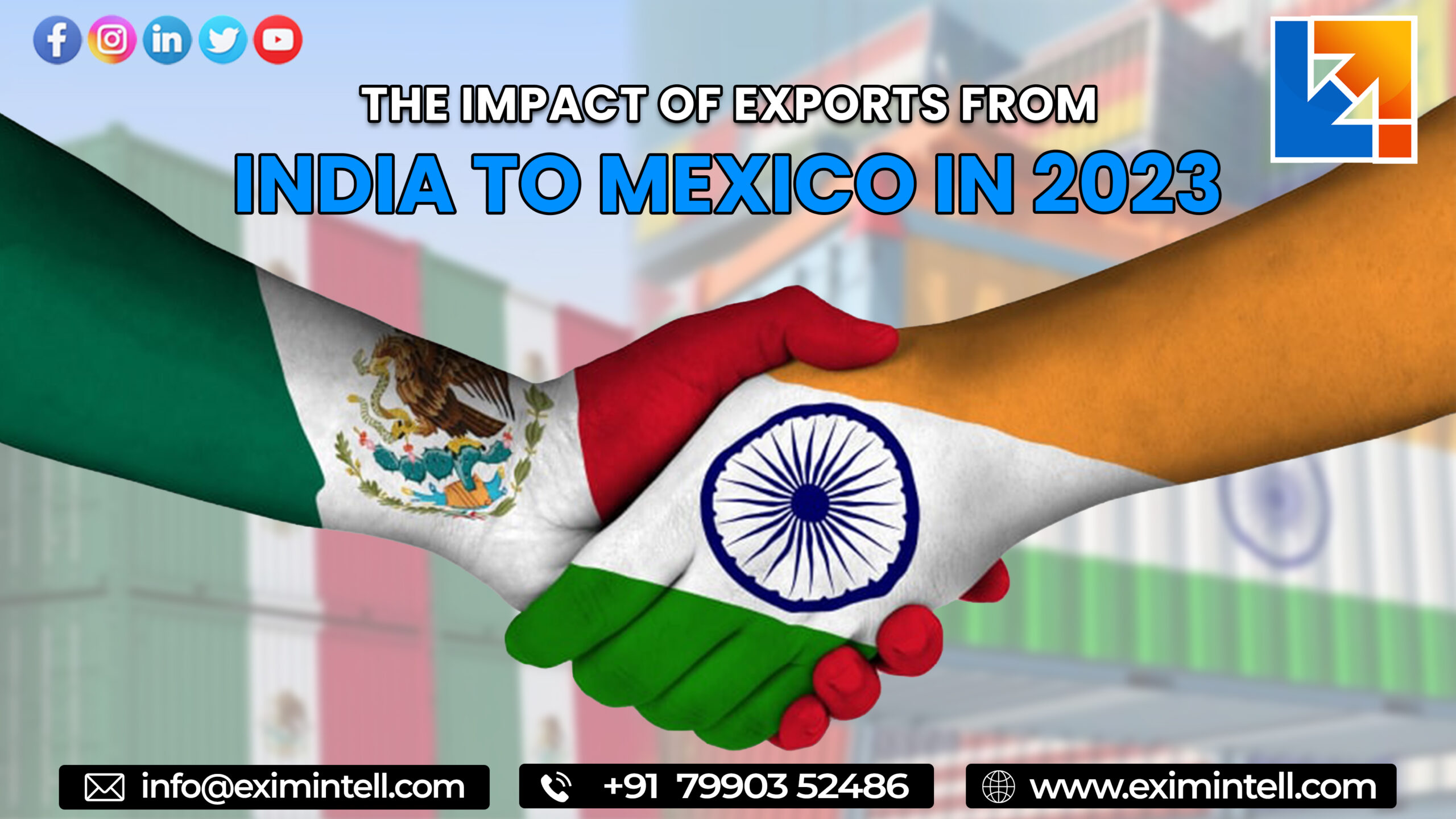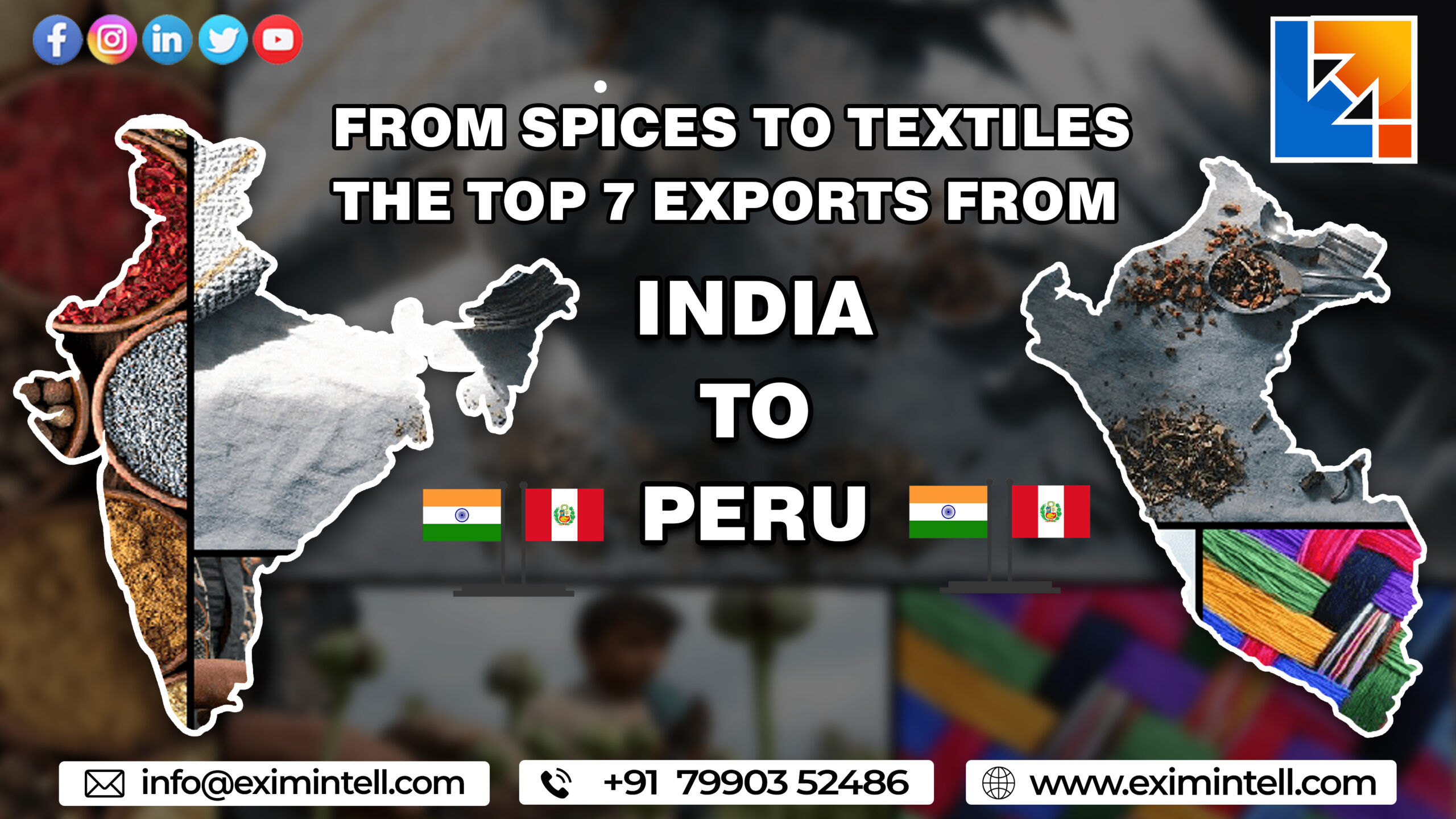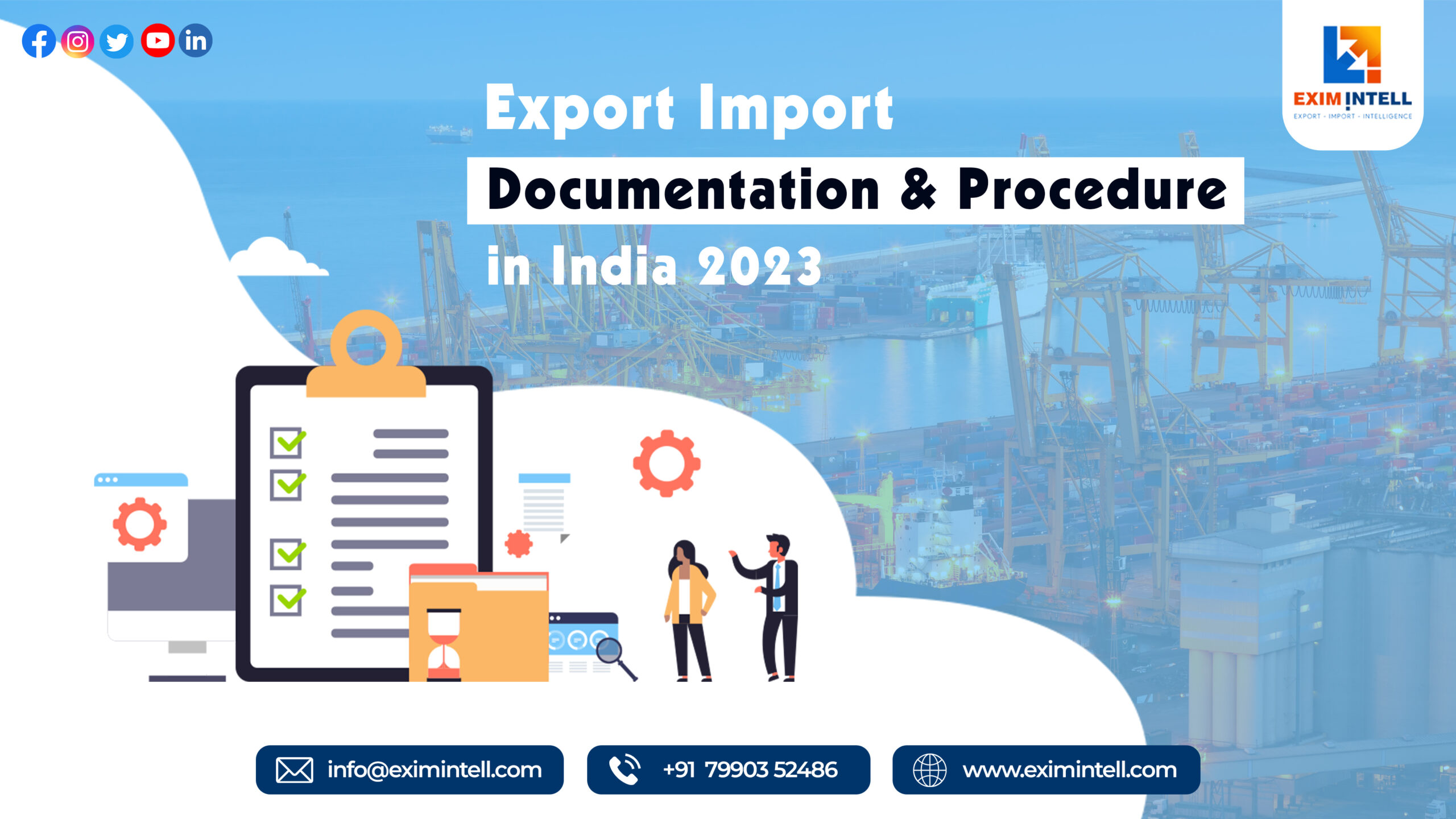India and Mexico – are two countries with rich cultural heritage, vibrant economies, and a shared vision for driving global economic growth. In recent years, the world has witnessed a remarkable surge in exports from India to Mexico, creating a robust bilateral trade relationship that holds immense potential.
From delectable spices to cutting-edge technology, Indian products have been making waves across Mexican markets, fueling jobs and wealth creation on both ends. Join us as we delve into the fascinating journey of this trade alliance and uncover the profound impact it has on shaping not only India’s economy but also propelling Mexico toward unprecedented prosperity.
India and Mexico have had a long and fruitful trade relationship dating back to the early 1500s. In the modern era, trade between the two countries has increased exponentially, with bilateral trade totaling $13.4 billion in 2016. This figure is only expected to grow in the coming years as both India and Mexico continue to develop their economies.
The benefits of trade between India and Mexico are mutual and far-reaching. For Exports From India to Mexico provide much-needed foreign currency inflows that help improve the country’s balance of payments position. Exports also create jobs in India and support economic growth.
For Mexico, imports from India provide essential inputs for Mexican industry, especially in the areas of information technology and pharmaceuticals. Imports from India also help to diversify Mexico’s import base, making the country less reliant on any one trading partner.
Looking ahead, there is great potential for further growth in trade between India and Mexico. Both countries are members of the International Trade Organization (WTO) and are working together within the framework of WTO rules to liberalize global trade.
In addition, both countries are negotiating a regional free trade agreement called the Regional Comprehensive Economic Partnership (RCEP). If successfully concluded, this agreement would lower tariffs and other barriers to trade between India and Mexico, facilitating even greater economic cooperation between the two countries.
The Impact of Exports from India to Mexico
The impact of exports from India to Mexico has been extremely positive. Exports From India to Mexico have increased by leaps and bounds over the past few years. This has resulted in a significant increase in the economic growth of both countries.
Exports from India to Mexico have not only given a boost to the economy of both countries but have also created employment opportunities for the people of both nations. The increased trade between India and Mexico has led to the establishment of new businesses and industries in both countries, thereby providing a fillip to their respective economies.
The increased export of goods and services from India to Mexico has also helped in reducing the trade deficit of Mexico. In addition, it has also contributed significantly to the GDP growth of both countries.
Top 7 Export Products from India to Mexico
Mineral fuels including oil: In the year 2022-2023, India exported $5.8 billion worth of mineral fuels including oil to Mexico, showing a growth from the $5.3 billion worth exported in the previous year.
Organic chemicals: India exported $2.2 billion worth of organic chemicals to Mexico in the year 2022-2023, experiencing a slight increase from the $2 billion worth exported in the previous year.
Inorganic chemicals: In the year 2022-2023, India maintained its export value of inorganic chemicals to Mexico at $1.9 billion, unchanged from the previous year.
Plastics and articles thereof: India’s export of plastics and articles thereof to Mexico witnessed growth, reaching $1.9 billion in the year 2022-2023, up from $1.8 billion in the previous year.
Tanneries and dressed furskins: India’s export of tanneries and dressed furskins to Mexico continued to rise, reaching $1.1 billion in the year 2022-2023, showing growth from the $1 billion exported in the previous year.
Articles of iron or steel: India’s export of articles of iron or steel to Mexico saw a slight decline, reaching $970 million in the year 2022-2023, down from $994 million in the previous year.
Machinery and mechanical appliances: India’s export of machinery and mechanical appliances to Mexico experienced significant growth, reaching $920 million in the year 2022-2023, up from $849 million in the previous year.
Effect of Trade on Indian Economic Growth
India is one of the world’s leading exporters of goods and services. In 2016, exports from India totaled $262 billion, up from $205 billion in 2015.1 Export growth has played a significant role in India’s economic development, helping to spur economic growth and create jobs.
In recent years, trade between India and Mexico has been growing rapidly. In 2016, bilateral trade between the two countries totaled $13.7 billion, up from $10.6 billion in 2015.2 Mexican exports to India have grown even faster, totaling $8.3 billion in 2016, up from $5.4 billion in 2015.3
The increase in trade between India and Mexico has had a positive impact on economic growth in both countries. In India, export growth has helped to create jobs and spur economic development. In Mexico, Indian exports have contributed to the country’s manufacturing sector growth and have helped to diversify its export base away from reliance on the United States.
The growing trade relationship between India and Mexico is a positive example of how increased trade can benefit both developed and developing economies. As both countries continue to grow economically, the bilateral trade relationship will likely continue to deepen, providing even more benefits for both nations.
Benefits of Increasing Exports From India to Mexico
According to a study by the Confederation of Indian Industry (CII) and consulting firm KPMG, exports from India to Mexico have the potential to grow by US$13-14 billion by 2021. The study estimates that this would lead to a 0.5% increase in India’s GDP and create up to 1 million jobs in the country.
The report highlights several reasons why exports from India to Mexico have strong growth potential. Firstly, there is a growing demand for Indian goods and services in Mexico, particularly in the sectors of information technology, skilled manpower, pharmaceuticals, and agriculture.
Secondly, bilateral trade between the two countries has been growing steadily over the past decade, reaching US$15.6 billion in 2016-17. There are several ongoing initiatives by both governments to further strengthen economic ties between India and Mexico.
Some of the specific benefits that would accrue to India from increased exports to Mexico include:
– An expansion in market access for Indian goods and services
– Enhanced competitiveness of Indian products in global markets
– A diversification of India’s export basket
– The creation of new export opportunities for small and medium enterprises (SMEs)
– The generation of additional employment opportunities
Challenges Posed by Increasing Exports to Mexico
The Mexican economy has been growing rapidly in recent years and is now the 13th largest in the world. As a result, demand for Indian exports has also increased. However, some challenges need to be considered when increasing exports to Mexico.
The first challenge is language barriers. While many Mexicans are bilingual or trilingual, the vast majority of the population speaks Spanish as their first language. This can make communication difficult for businesses that do not have Spanish-speaking staff.
Another challenge is cultural differences. There can be significant differences between Indian and Mexican cultures, which can impact business dealings. For example, Mexicans tend to be more formal in their communication style, and may not appreciate double-booked appointments or last-minute changes to plans.
Logistics can also be a challenge when exports from india to Mexico. The country is spread out over a large area, with many remote regions that are difficult to access. This can increase shipping costs and lead to delays in delivery times.
Conclusion :
In conclusion, Exports from India to Mexico play a vital role in driving economic growth for both nations. They contribute to job creation, income generation, and technological advancements while fostering bilateral trade relations. The dynamic trade partnership between India and Mexico has shown promising results, and further exploration and collaboration are encouraged.
As businesses continue to leverage the potential of exports, it becomes essential to seek guidance from experienced Trade Consultants like Exim Intell to navigate the intricacies of International Trade successfully. With their expertise, businesses can maximize the benefits and seize the opportunities presented by the India-Mexico trade relationship.







